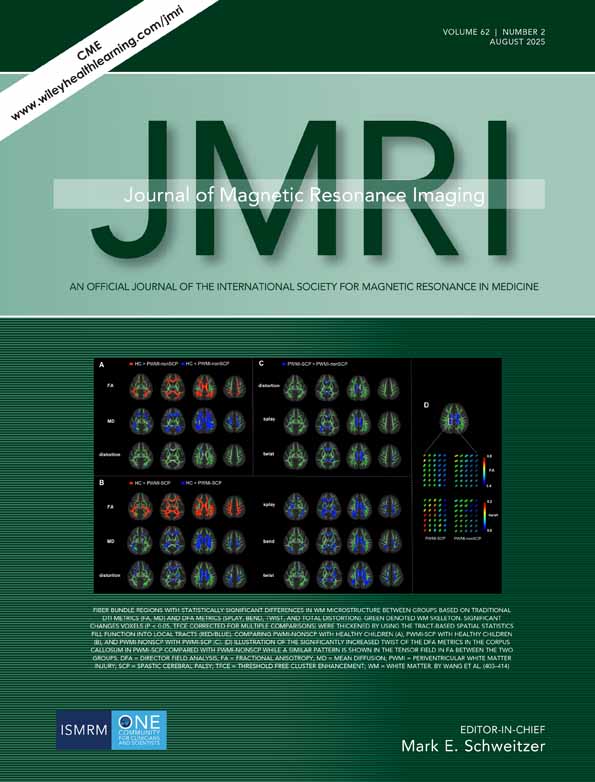Magnetic resonance imaging of entheses using ultrashort TE (UTE) pulse sequences
Abstract
The attachment of tendons, ligaments, and joint capsule to bone (entheses) is reviewed and new options for visualizing key components of entheses provided by ultrashort TE (UTE) pulse sequences are described. Many features of entheses are adapted to the dispersion of stress at the boundary between tendons/ligaments and bone. Of particular interest is fibrocartilage, which has mechanical properties different from those of both “pure” tendon/ligament and bone. Features typical of entheses can also be seen at sites where tendons or ligaments are in contact with (but not attached to) bone, and the concept of a “functional enthesis” has been developed to emphasize the similarities. The enthesis concept has also been broadened to include the idea of an “enthesis organ” in which many tissues play a role in dissipating stress concentration. UTE pulse sequences can specifically identify the calcified and uncalcified fibrocartilage tissue components of entheses and differentiate these from fibrous connective tissue and bone. These tissues cannot be separately visualized at entheses with conventional pulse sequences. Entheses are involved in overuse syndromes and seronegative spondyloarthropathies (SpA) and there are important issues related to tissue repair and healing following surgery. J. Magn. Reson. Imaging 2007. © 2007 Wiley-Liss, Inc.




